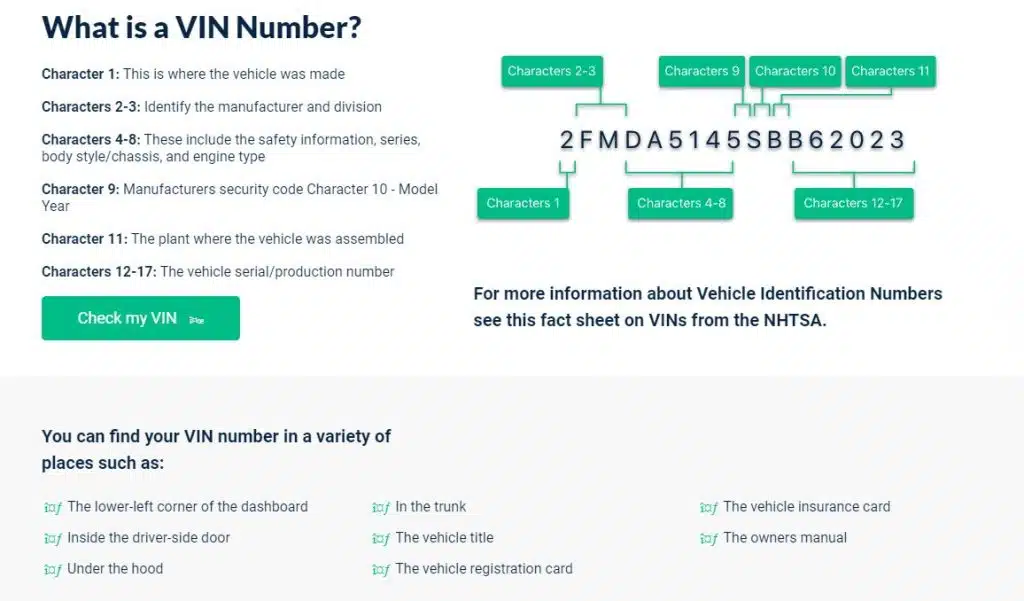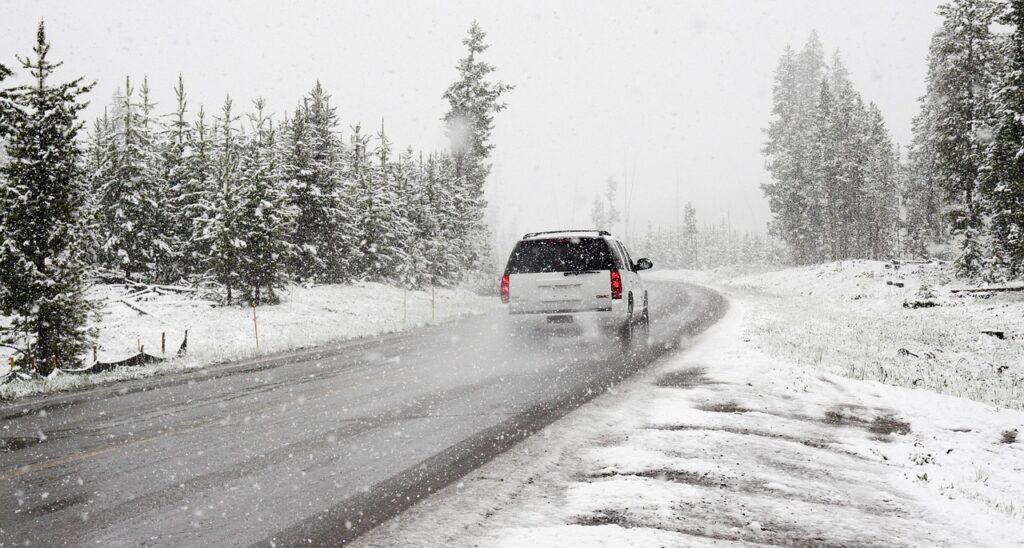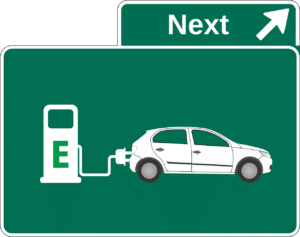Winter brings along with it many safety hazards, but there are ways to stay safe even when the temperature drops. One important way to prepare for winter is winterizing your car. Here are some tips on how to prepare for winter emergencies and why you should do it and if there will be a cost to winterize.
Why you should winterize your car
1. To stay safe on the road during freezing temperatures it is important to prepare your car for the season
The number one reason to winterize your car is to stay safe on the road. This includes ensuring all your lights are working, that you have enough antifreeze, and that your tires are in good condition. It’s also crucial that you keep your gas tank at least three-quarters full if you get stranded and need to run the engine to stay warm. Do this with extreme caution. A preventative wash and wax will also keep your car looking new and prepares your car for winter.
2. To prevent engine problems or leaks
Going through all these steps will also help prevent any serious engine problems. If you don’t winterize your car and you find yourself stranded in freezing temperatures, the engine could freeze and crack so always check your coolant level. Additionally, if you add water to the gas tank, it could freeze and cause the tank to burst.
3. To keep your car clean
Another benefit of winterizing your car is that it will help keep it clean, especially during freezing temperatures. We mean clean as in running smoothly. As for dirt and pet hairs, that’s a constant maintenance issue! Snow and ice can damage the paint if you’re not careful, and the salt used on the roads can corrode the metal.
4. To save on gas
Lastly, you can save on gas by winterizing your car. This includes getting the oil changed to prevent any problems with the cold weather and draining the fuel line to avoid condensation from building up in the tank.

How you can winterize your car for driving in winter conditions
1. Check your antifreeze
Antifreeze is essential to your car’s cooling system. If the temperature drops too low, it can freeze, causing your car to overheat. When checking your antifreeze, make sure it’s between -34°F and +32°F. This is just one step to prepare your car for winter driving.
2. Inspect your batteries and battery terminal
Batteries can lose power in the cold, which means a car that won’t start is a danger on the road. If your battery terminals are dirty, clean them with a wire brush to improve your car’s performance in cold weather. You should also make sure you don’t have a low battery needing replacement and a dirty battery terminal.
3. Check your tires and windshield wipers
Tires lose traction in cold temperatures, so it’s essential to change them if worn with low tread depth or switch to winter tires or snow tires from summer tires. When you install winter tires, also be sure to check the air pressure / tire pressures to make sure they’re inflated to the manufacturer’s specifications and also the tire tread depth for wear. Tire maintenance is very important. Some driver’s choose all season tires as a compromise. Also, don’t forget to pack an extra set of windshield wipers or winter wipers if you’re traveling in a cold climate; they tend to wear out faster in the cold along with your car’s belts and hoses.
4. Make sure all your lights are working
Driving at night during the winter is very dangerous, so you should take the time to get all your lights checked. It’s also important that your headlights are clean and bright, without any cracks or yellowing. There will be more information in your owners manual.
5. Get your oil changed
Cold weather can cause your engine oil to thicken, so it’s a good idea to get it changed before the winter months. Your car will run better if you do and at the same time have your cabin air filters checked which is easy to replace and available at an auto parts store. Remember that offroad vehicle require more frequent maintenance.
6. Drain your fuel line
You should drain any excess gas in the lines to prevent the fuel from freezing.
7. Add a fuel stabilizer
If you’re not going to be driving your car for an extended period, you should add a fuel stabilizer to the gas tank. This will prevent any problems caused by condensation in the tank or tank corrosion due to ethanol.
8. Park in a garage if you can
If you have the option, park your car in a garage. This will help keep it from getting too cold or too hot. It will also keep your paint looking new!
9. Consider using a car cover
If you can’t park in a garage, you can protect it from the elements by covering it with a car cover. This should keep it from getting dirty or scratched and prevent ice from forming on the exterior, which can damage the paint.
10. Don’t let your gas tank get too low
It’s a good idea to stop by a gas station now and then during the winter even if you’re not running low on fuel. This will help prevent the fuel from freezing in the tank.
11. Grab an ice scraper
Shovels can be dangerous to use during winter, so you should always have a good ice scraper on hand to clear the snow and ice from your windows and don’t forget to top off your windshield washer fluid.
12. Keep an emergency first aid kit in your car
You should always have an emergency kit in your car if you get stranded on the side of the road. This should include things like a flashlight, jumper cables, and an extra set of clothes
Winterizing your car is a great way to stay safe and protect it from all the snow and ice on the roads during the winter months. It’s also a good idea for car owners living in cold climates to do it before winter. By following this quick guide, you can have your car ready for any chilly road trips or snowy weather. Be safe out there and remember preventative maintenance always pays off and could possibly save your life! We hope you found these winterizing tips useful.
When Purchasing A Vehicle
Always remember to have a VINsmart report run on the vehicle before making any vehicle purchase. A VINsmart report runs a complete history on the vehicle including whether it has ever been reported as stolen, has been involved in a major accident, or has been listed as a totaled vehicle.
VINsmart reports will also give you a history of registration and mileage at registration. It reports any significant incidents related to the vehicle, such as being involved in a fire or flood.
When you are going to purchase a used vehicle, the best way to ensure you are making a good purchase is to know the vehicle’s complete history.






